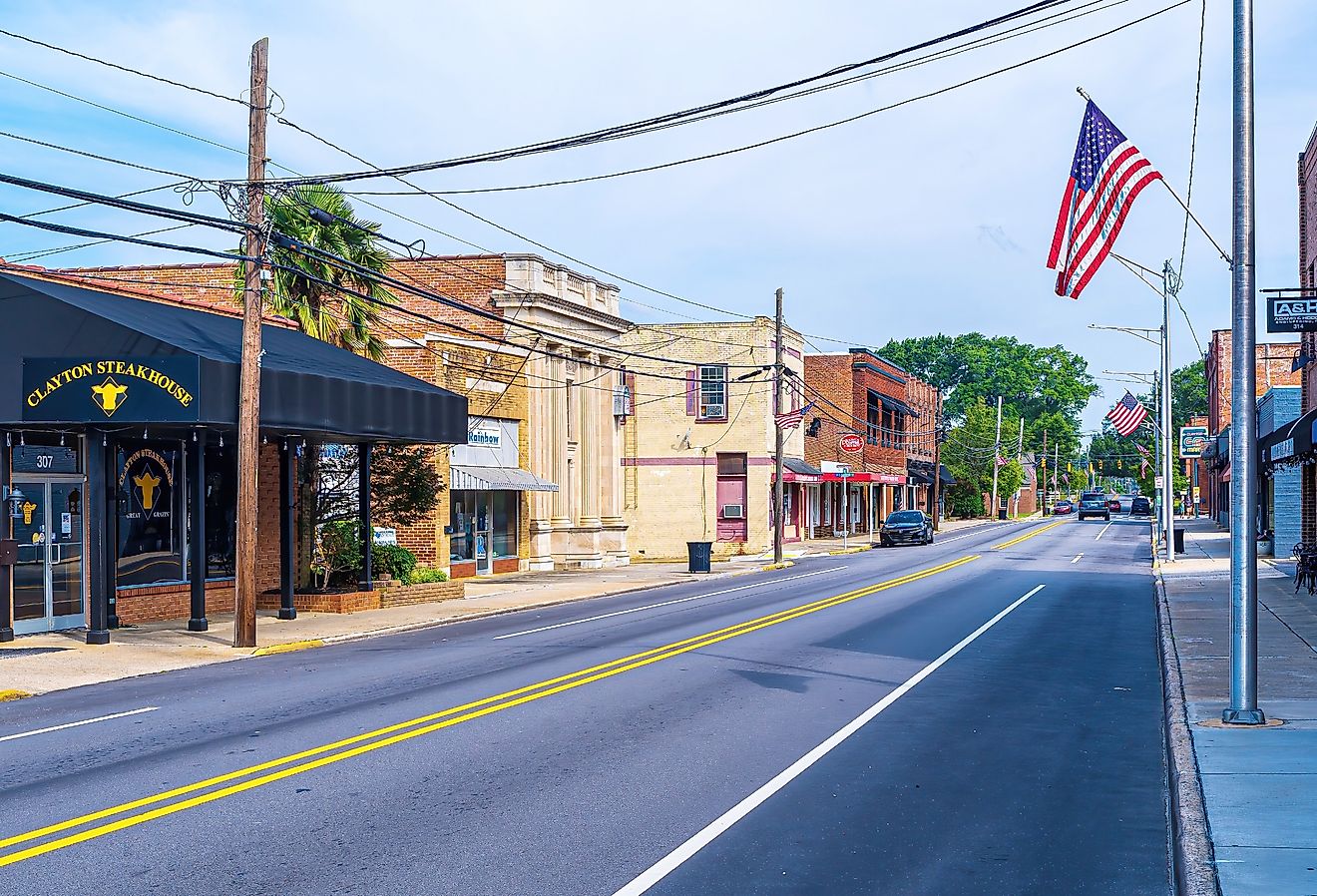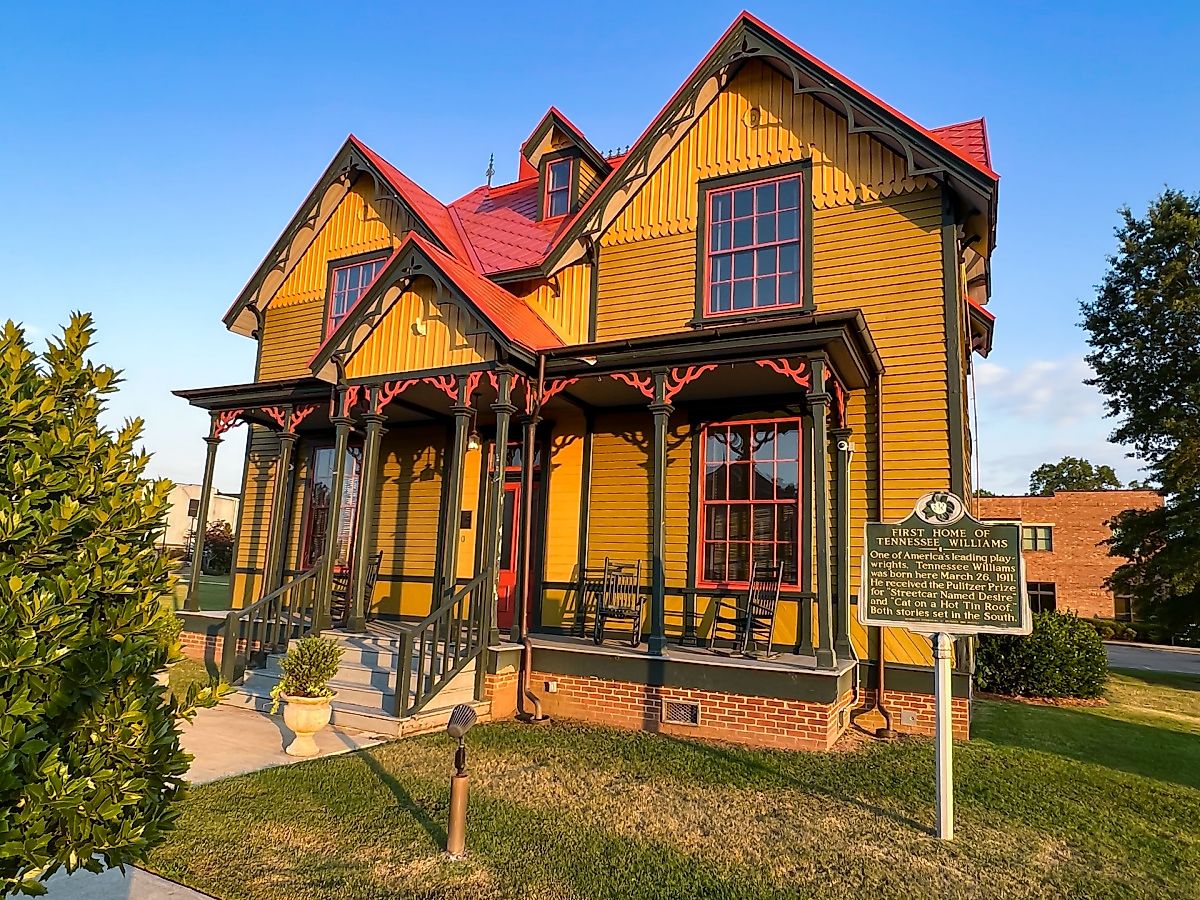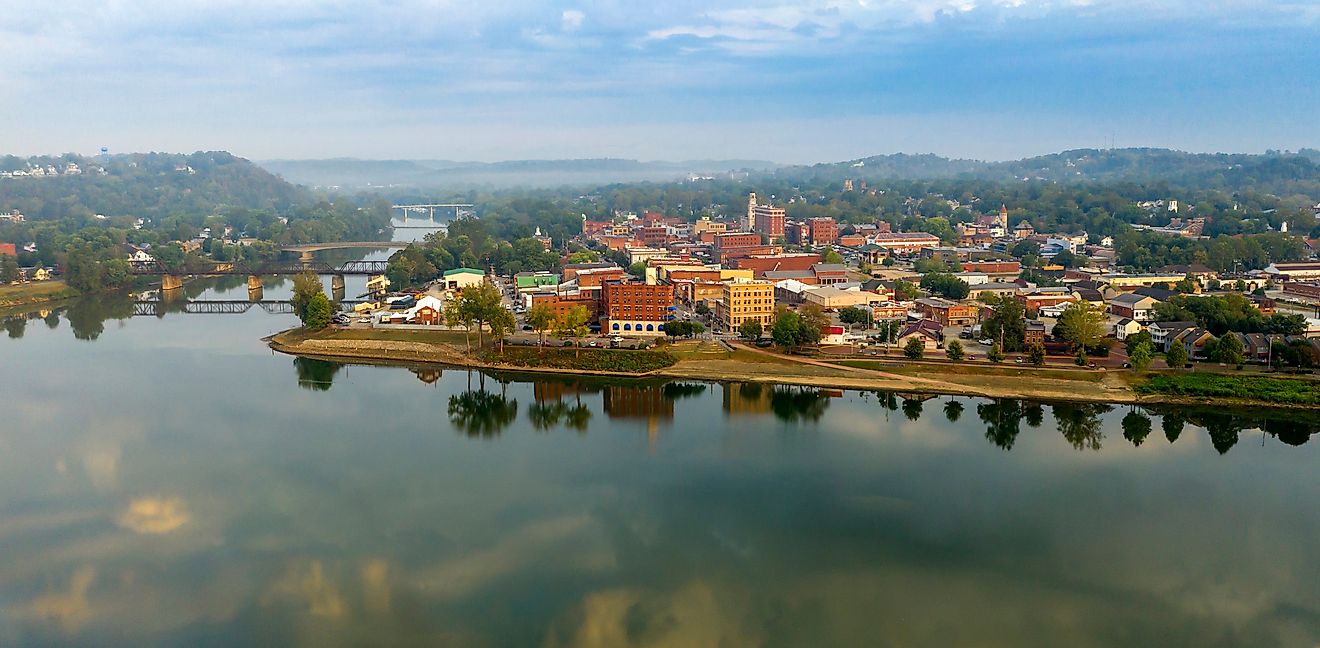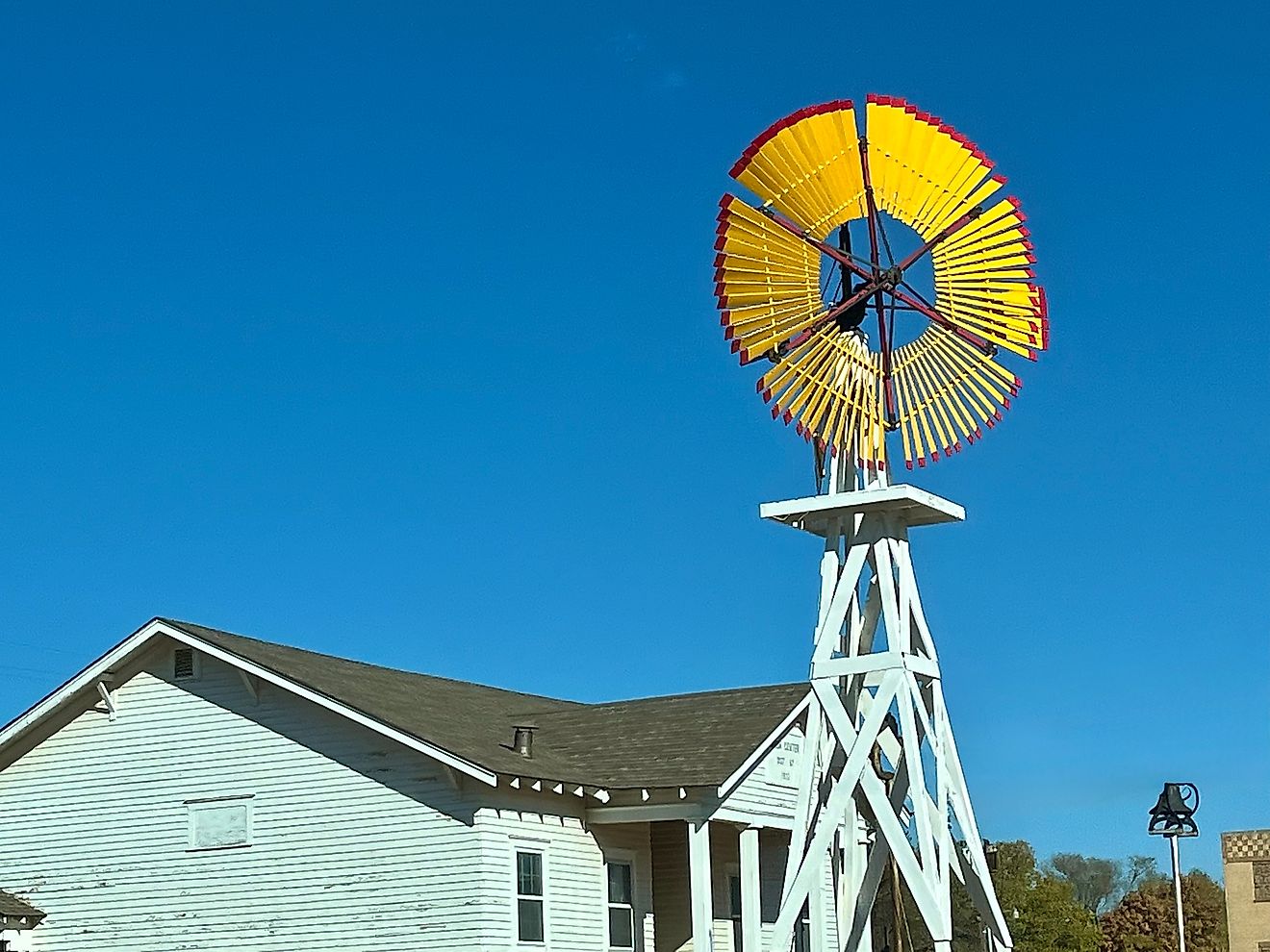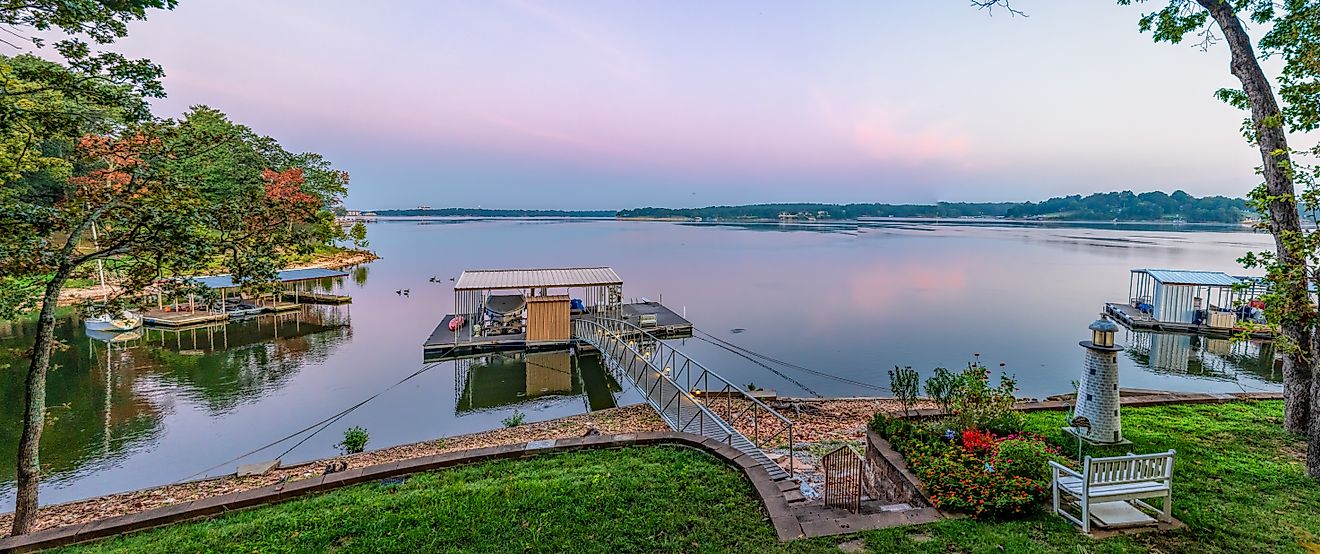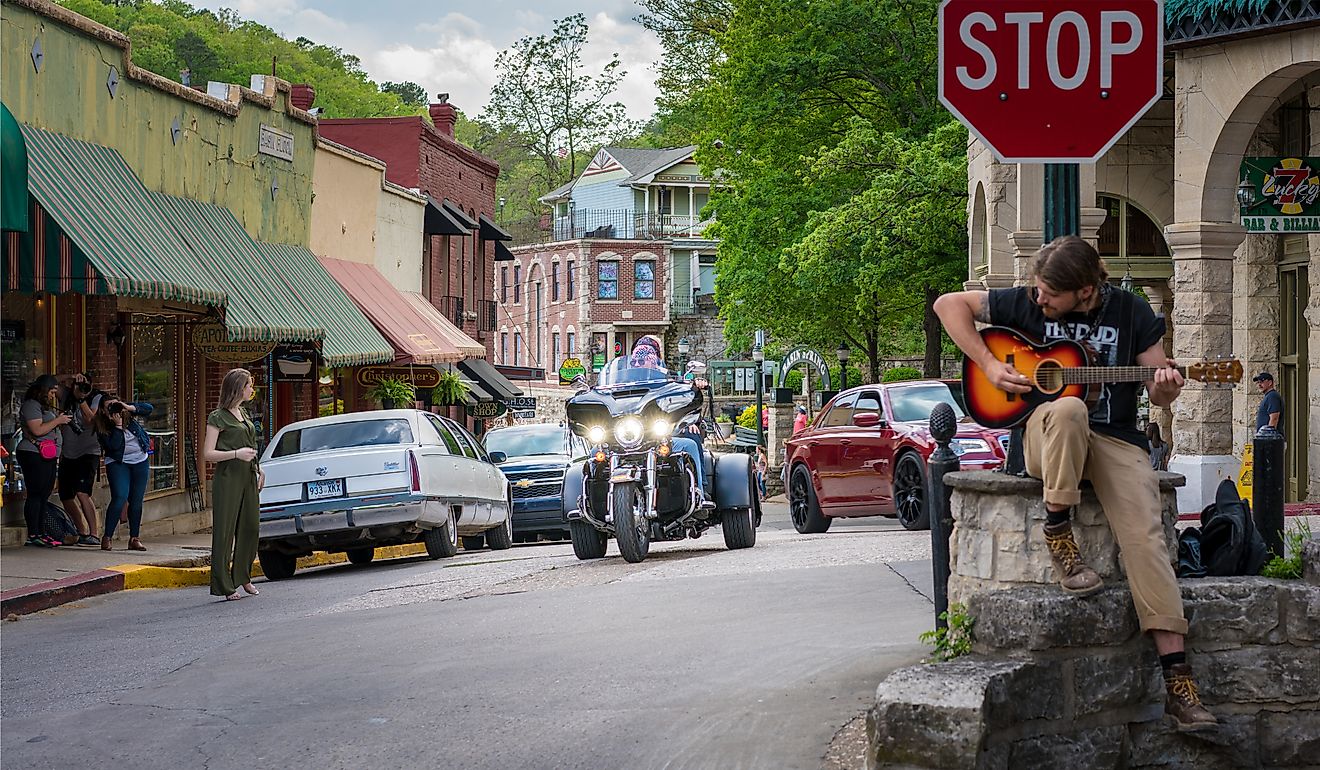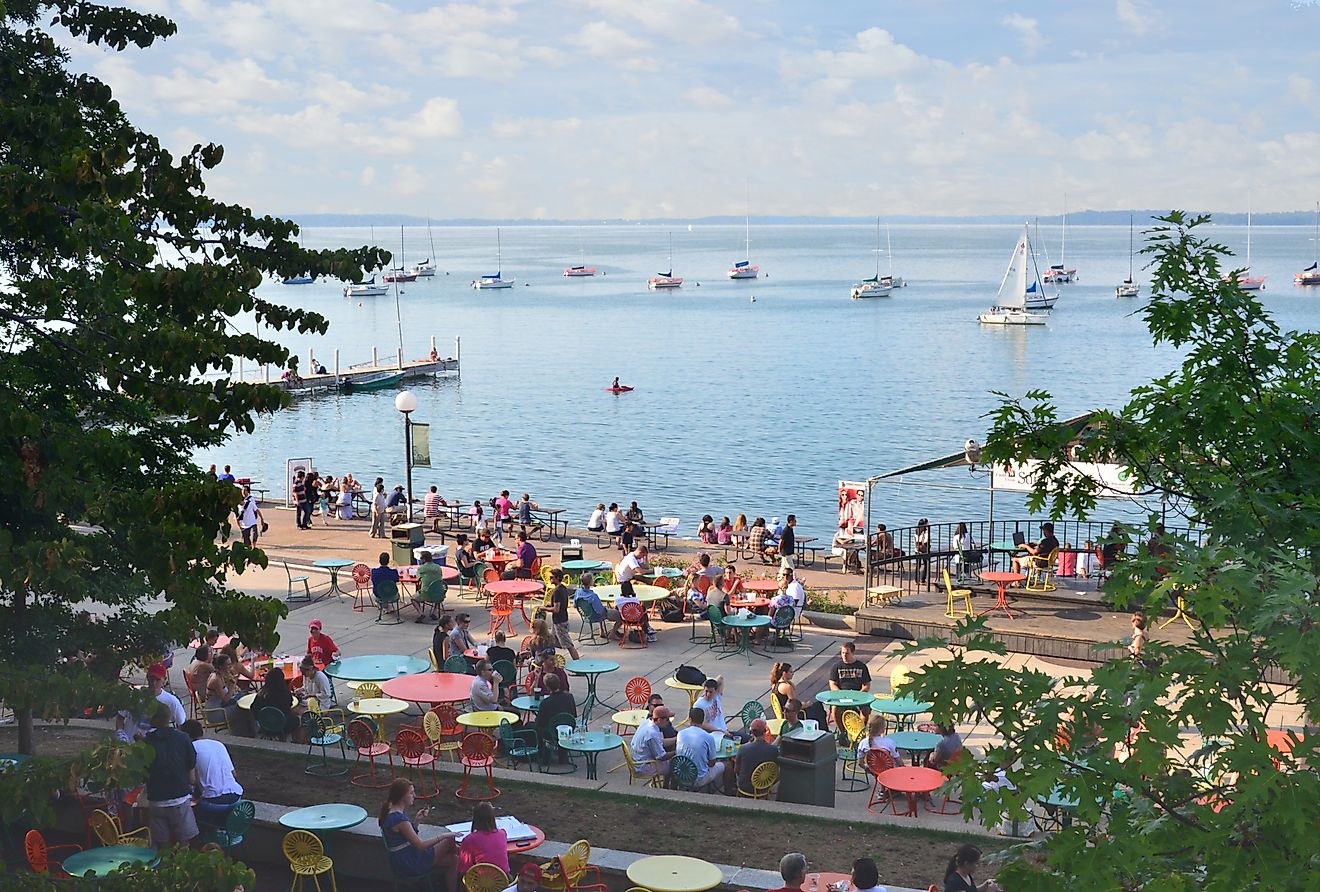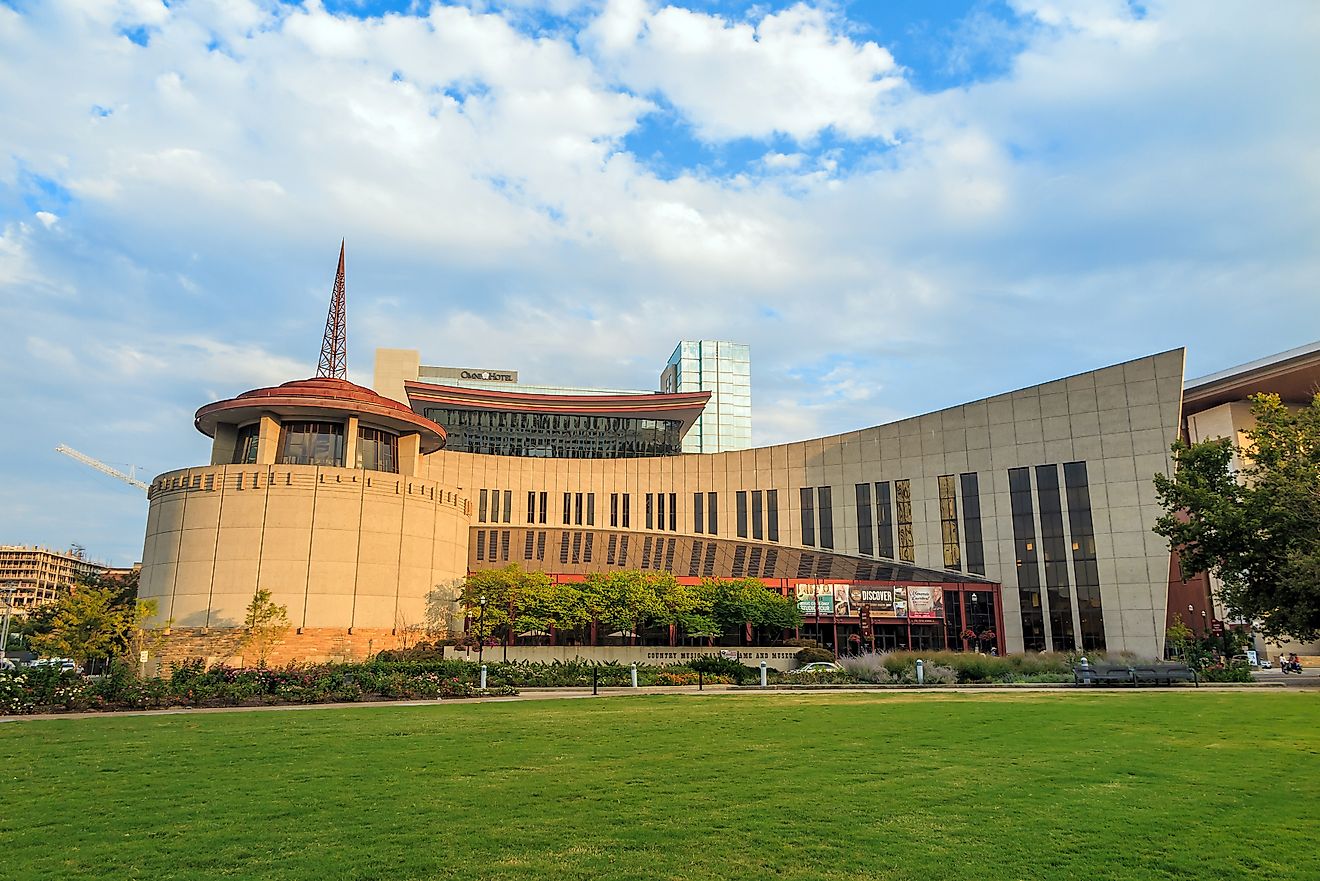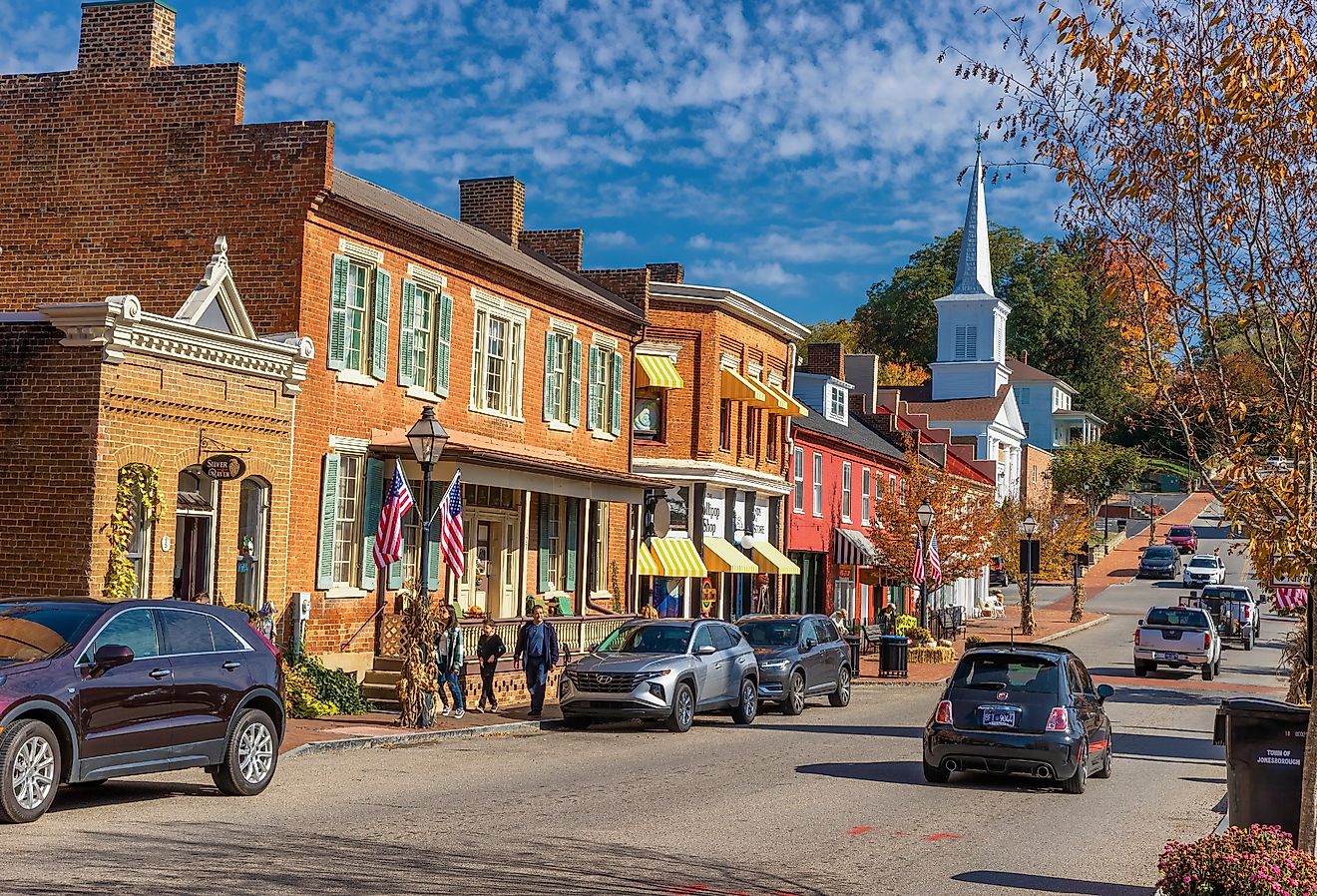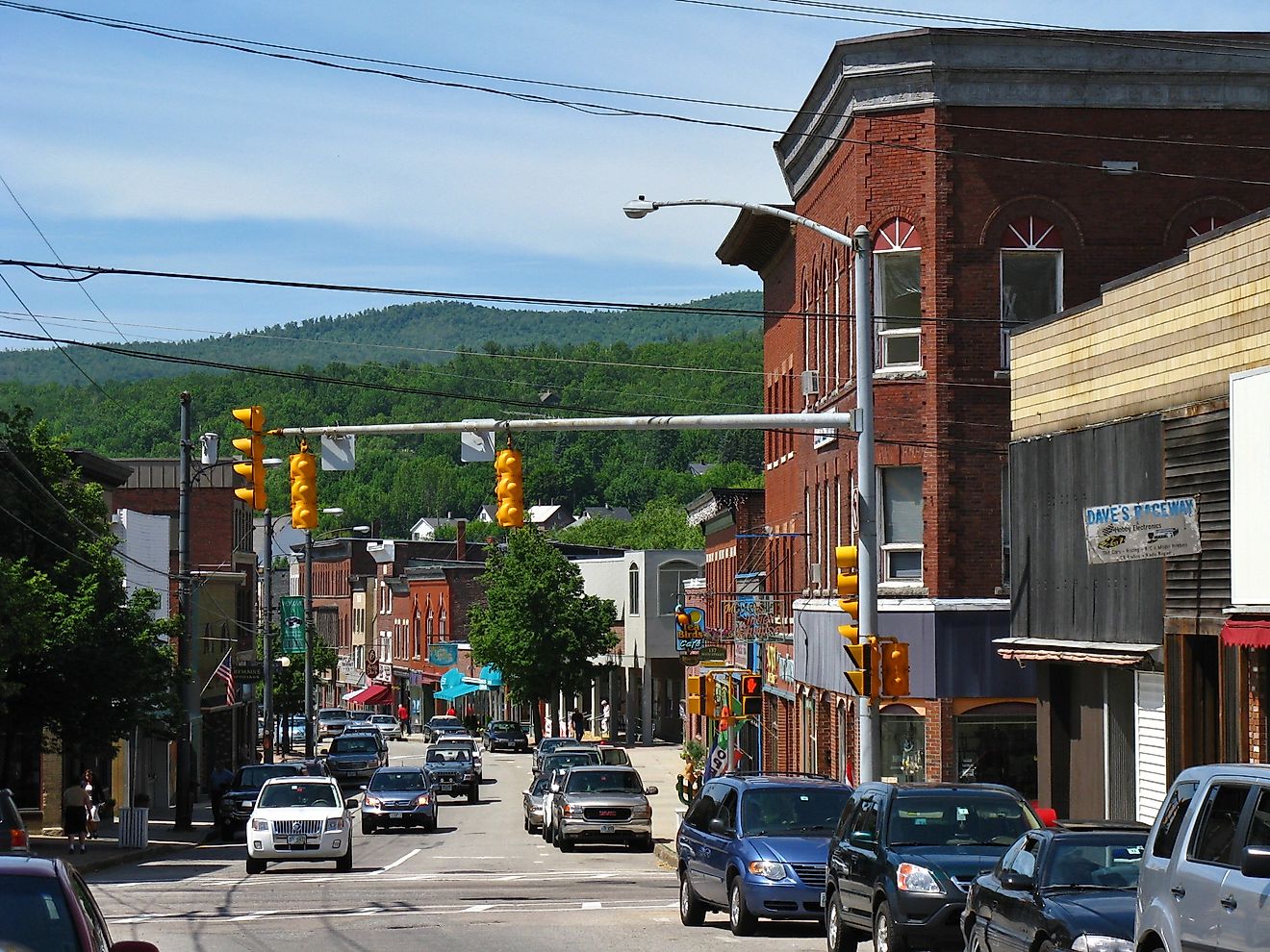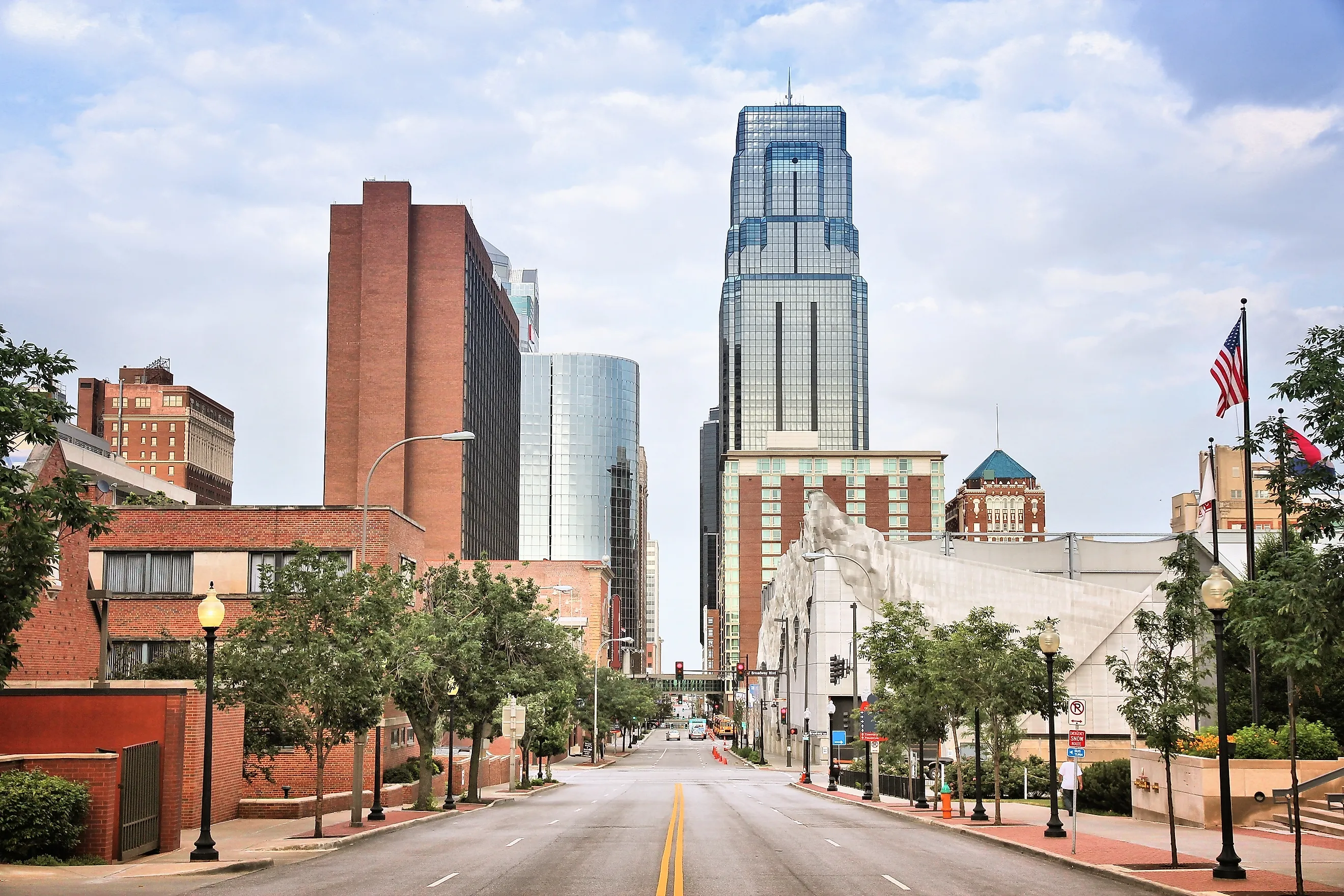
Which State Is Kansas City In?
Despite Kansas City's widespread recognition for its sports teams, barbecue, and jazz, there continues to be confusion regarding the state in which Kansas City is located. The reality is that the city straddles the neighboring states of Missouri and Kansas due to a complicated history that has lasted nearly two centuries.
Kansas City, Missouri (KCMO), and Kansas City, Kansas (KCK), are separately incorporated cities that come together to form the greater Kansas City Metropolitan area. While various metropolitan cities in the US are divided by state lines, many of these state lines occur over bodies of water. Kansas City, however, is divided by merely a road. Push on to learn just how much changes with the simple crossing of a street.
Table Of Contents
| Section | Summary |
|---|---|
| The History of the Kansas City Divide |
Early settlement, Civil War tensions, failed merger. |
| Kansas City Today |
Over 2.3 million residents, notable neighborhoods.
|
| Crossing the Street: Differences in Legislation |
Varied laws on alcohol, driving, wages, and services.
|
| Recent City Collaboration Attempts |
Bi-state sales tax for Union Station, mixed success on other initiatives.
|
| Final Thoughts |
Persistent social division, future collaboration is key.
|
The History of the Kansas City Divide
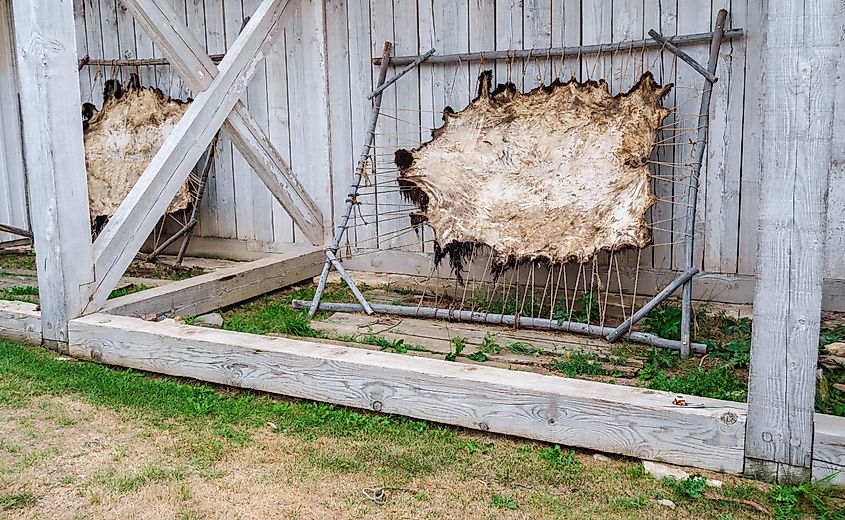
The origins of Kansas City trace back to the early 1800s when French Fur Traders formed a permanent settlement in the area after voyaging down the Missouri River from St. Louis. In 1853, residents decided to incorporate the settlement into the City of Kansas, deriving the name from the Kansa Indigenous tribe. Meanwhile, on the Kansas territory side, a number of settlements continued to expand. Due to this growth, in 1872, the settlements made the decision to merge and establish what became known as KCK.
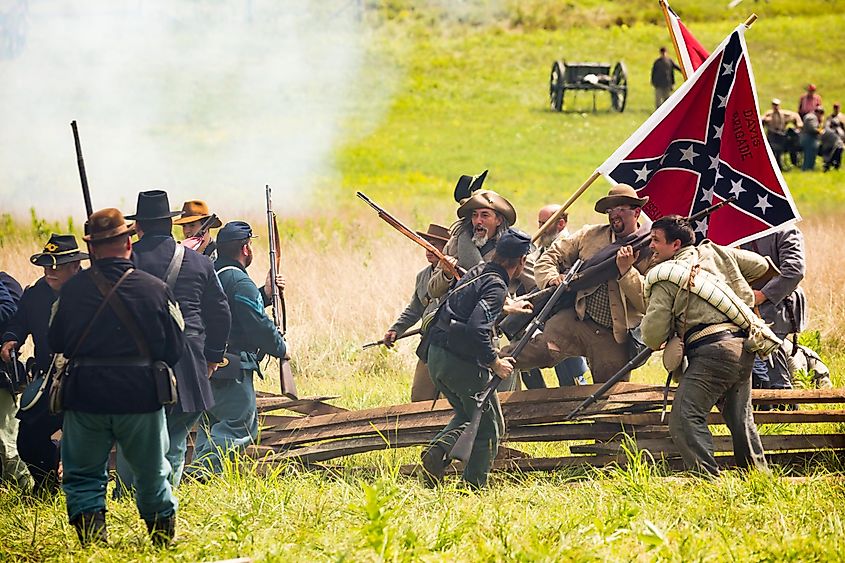
In the years leading up to the Civil War, residents of both sides began to feel a sharp social divide. The Union had previously adopted Missouri as a slave state, but most settlers on the Kansas side identified as resolute abolitionists. This tension peaked in 1854 when the Kansas-Nebraska Act implemented popular sovereignty in the territories, allowing settlers to vote on whether the Union would adopt Kansas as a slave or free state.
In a turbulent period of history known as Bleeding Kansas, violence broke out as activists from both sides attempted to influence their neighbor. The Union officially adopted Kansas as a free state in 1861, but tension persisted. In the 1870s, many Kansas politicians campaigned for KCK to absorb KCMO which naturally gained a great amount of support from the Kansas public. However, Missourians did not approve of this absorption, thus causing the cities to stay in a perpetual limbo between the two state lines.
Kansas City Today
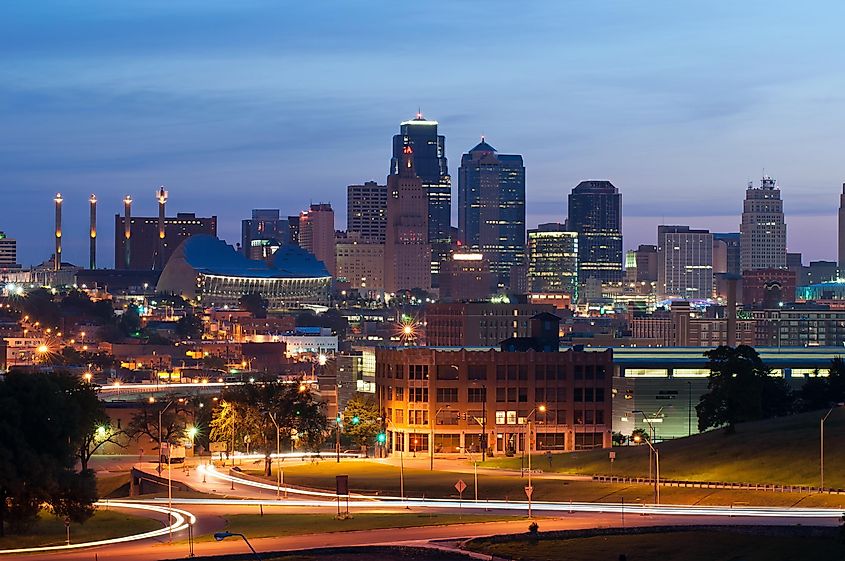
Currently, the Kansas City metropolitan area is home to over 2.3 million residents. On the Missouri side, Kansas City is the most populous city in the state, with a population of over 510,000 people. The Missouri city spans approximately 319 mi2 (825 km2) in distance.
KCK on the other hand, is significantly smaller than KCMO having a population of approximately 156,000 people, which makes it the third largest city in Kansas based on population. KCK spans approximately 128 mi2 (332 km2) in distance.
Some notable neighborhoods in Kansas City include Downtown, 18th & Vine, Brookside, Crown Center, the Country Club Plaza, and Crossroads Arts District. The city is famously known for its impressive number of fountains, consisting of more than 200 across the metro area.
Crossing the Street: Differences in Legislation
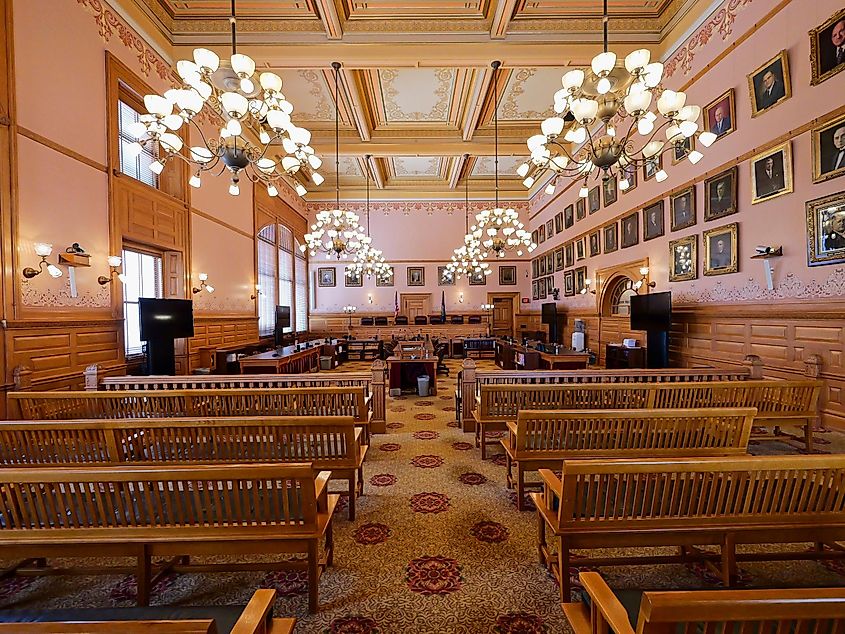
Over the years, Kansas City has faced many conundrums due to its state-line division. Up until 1987, the legal drinking age on the Kansas side of the city was 18, while it was 21 in Missouri, causing young adults to flurry to the Kansas side of the city to purchase alcohol. Today, although the drinking age is now 21 in both states, conservative alcohol laws in Kansas and more relaxed regulations in Missouri continue to affect residents' decisions when deciding where they want to buy and consume their drinks.
Traffic laws vary between the two states as well. In Kansas, one can get their driving learner's permit at 14 years old, while in Missouri, the minimum age is 15. Workers can also potentially face very different wage realities depending on the side of the city in which they work. Legislation passed in 2024 raised the minimum wage in Missouri to $12.30 per hour. Comparatively, in 2024 in Kansas, it remained at $7.25 per hour. Even emergency services and trash pickup are divided by state, meaning that the ambulance dispatched to attend a health emergency can depend on which side of the street the emergency occurred on.
Recent City Collaboration Attempts
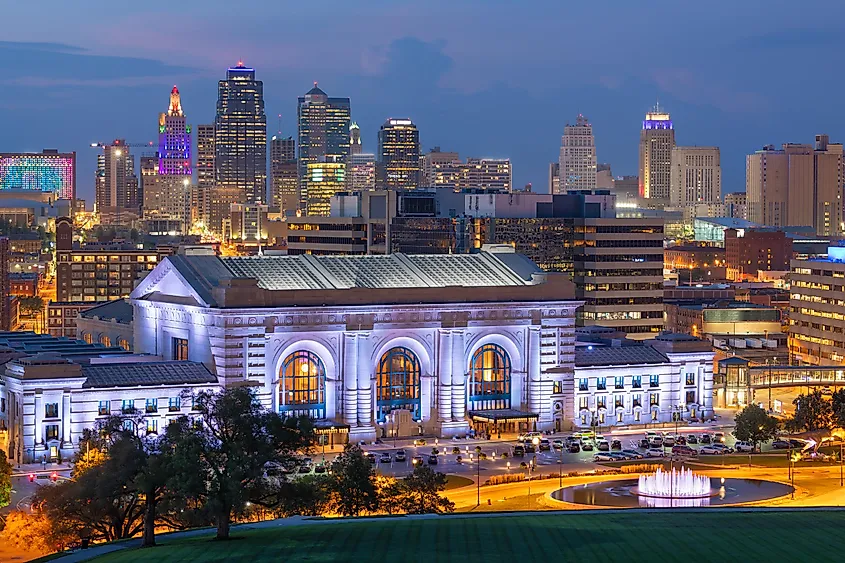
In 1996, Kansas City citizens voted by majority to pass a bi-state sales tax measure that contributed to the $250 million restoration of Union Station, a metro hub that had previously united the city but had since become a dilapidated, nearly abandoned space. This measure is one of the most notable instances of cooperation between both states. Since this regional legislation, Union Station has been a uniting feature of the city, hosting holiday lights, fireworks, celebrations, and even the NFL Draft in 2023.
In years after, initiatives attempted to replicate the cooperation seen in the 1996 tax measure. "Bistate II" was a proposition that requested $1.2 billion to make improvements to the Arrowhead and Kaufmann sports stadiums as well as the arts programs in the metropolitan area. While the initiative passed on the Missouri side of the city, it did not on the Kansas side, causing the opportunity for potential collaboration to fizzle out.
Final Thoughts
Having explored the history of KCMO and KCK it is clear that city residents often relate with specific identities and historical narratives depending on the side in which they reside. Despite various attempts in recent years to encourage collaboration between the two cities, social division remains high. However, the story of this metropolitan area has not reached its end. Legislation and potential social cooperation in the years to come will determine the future of the city's legacy.
